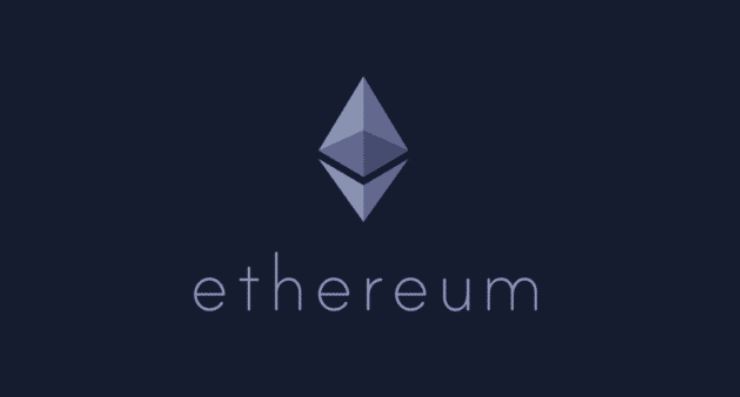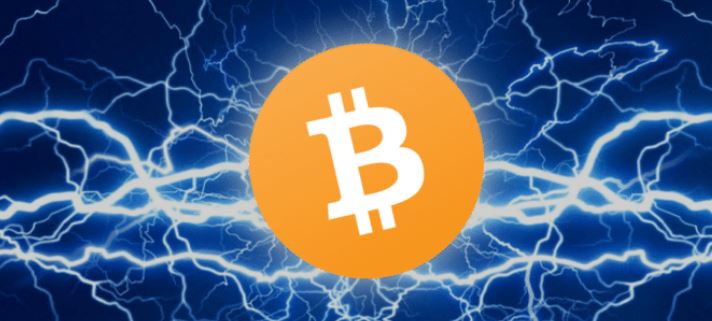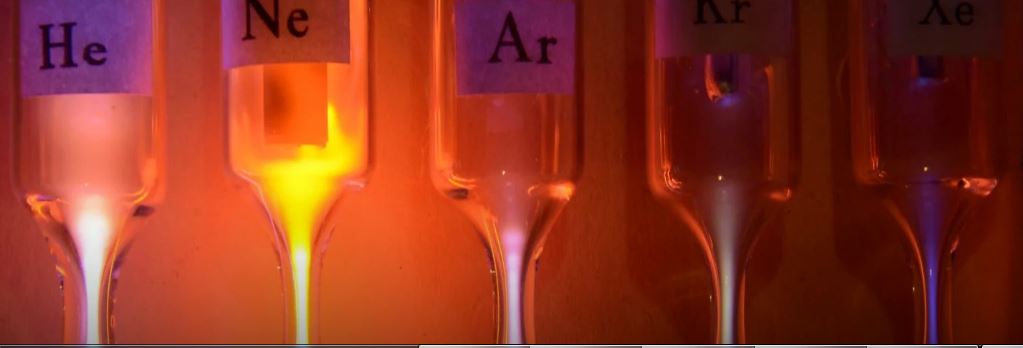SegWit’s Lock-In: What Today’s Milestone Means for Bitcoin

Barring unlikely interruptions, the scaling proposal called Segregated Witness (SegWit) is expected to lock in on the bitcoin network today.
Should enough miners continue signaling support, SegWit is projected to meet the necessary threshold later this afternoon (around block 479,708). And while it’s theoretically possible miners could change their minds, it’s unlikely they will – in short, miners have a huge financial incentive to enforce the change.
At that point, bitcoin will be one step closer to changing how some nodes on the $50 billion network store data, potentially paving the way for more exciting, forward-looking technologies, such as the top-level Lightning Network and other in-development advances.
But even with the change locked in, bitcoin won’t upgrade overnight for two reasons:
- Because of SegWit’s two-week “grace period,” the change won’t “activate” until block 481,824, which is currently projected to happen on August 21.
- While the lock-in ensures SegWit will become a part of the network, bitcoin services still need to upgrade their software to support the new style of transactions.
Entering a grace period
The original idea behind the SegWit grace period is simple – it gives miners time to upgrade their software so that they can change in unison. So, while this may sound like yet another delay, it’s actually an essential step.
After this two-week period, miners who have upgraded their software to support SegWit will create blocks that enforce the new rules. This means miners who have not upgraded will be at risk of losing their rewards (worth roughly $42,000), since their blocks would be rejected by other miners.
At the point of activation, though, it’s still unclear how long it will take for the code change to ripple through the ecosystem and to actually be adopted by users, wallet providers, exchanges and other essential network infrastructure.
A number of services are already primed to support SegWit, including one of the most-used wallets, bitcoin startup Blockchain, as well as major bitcoin exchanges Kraken and LocalBitcoins.
However, some notable voices contend any larger embrace of SegWit could take longer given the costs involved. All in all, this remains a matter of dispute.
The importance of lock-in
Further, while it’s one of several SegWit-related deadlines to pass recently, that shouldn’t undercut the significance of this particular milestone – the lock-in is the step that actually ensures SegWit will be added to the network.
As such, the idea that SegWit will have reached this level of support could be seen as a breath of fresh air for many. Despite lingering critics, it’s fair to say SegWit enjoys broad support (though the exact details of proposals for its enactment have varied).
In this light, today may be best viewed as a turning point in network development.
Perhaps most notably it ensures at least some sort of scaling-related tech will be added to the network, without the creation of an entirely new blockchain to get there.
And its enactment could go a long way toward encouraging other advances, showcasing bitcoin’s willingness to change, however cautiously.
Proposed in 2015, and introduced for users to run at the end of last year, SegWit has taken just over a year-and-a-half to go from concept to production











Responses